How to Make Creamy Mashed Potatoes Perfect Every Time
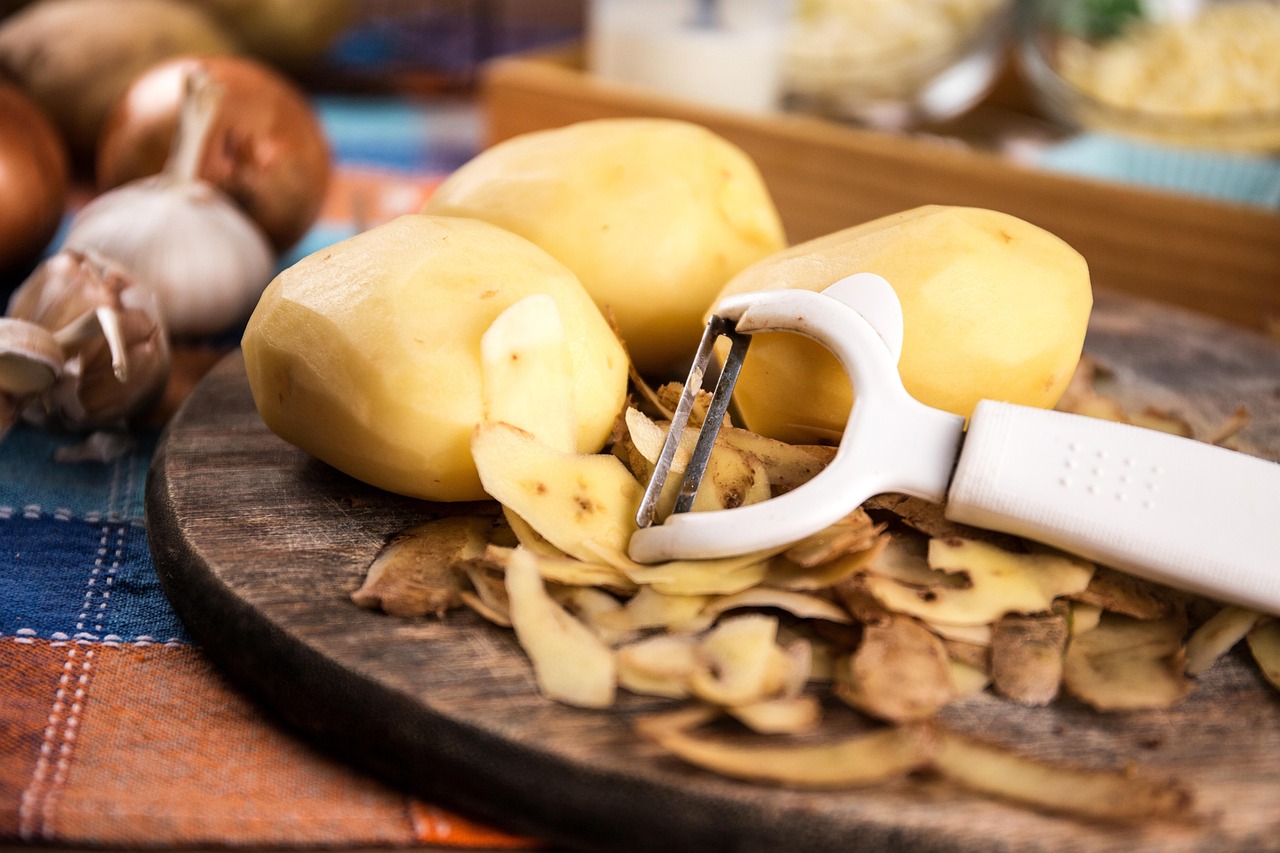
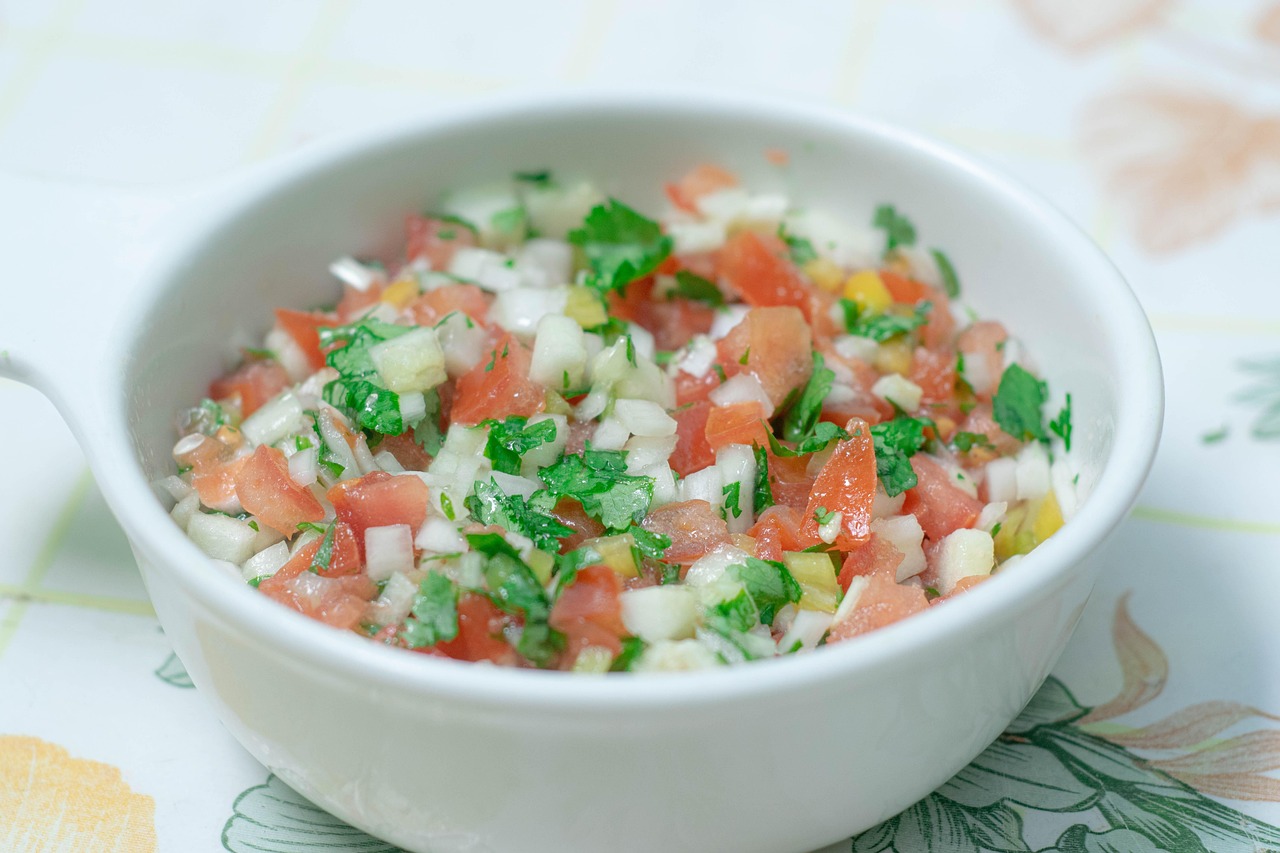
Pico de gallo, a staple in Mexican cuisine, is a vibrant, fresh salsa that enlivens any dish it accompanies. Known for its simplicity and versatility, this uncooked mixture of chopped tomatoes, onions, and jalapeños is a favorite among home cooks and food enthusiasts. Crafting the perfect pico de gallo requires attention to detail and a balance of flavors, which can transform an ordinary meal into a culinary delight. This guide will walk you through the essential steps to make pico de gallo, explore regional variations, and provide tips for enhancing its flavor and longevity.
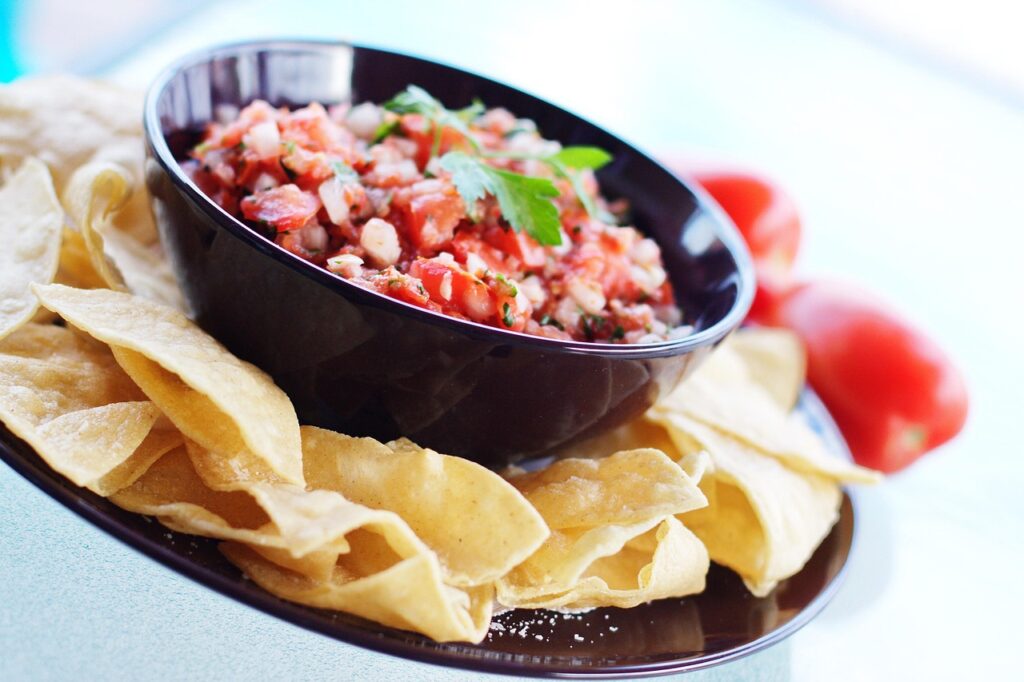
The foundation of a classic pico de gallo lies in its fresh ingredients. The basic components are tomatoes, onions, cilantro, jalapeños, lime juice, and salt. Each ingredient plays a crucial role in creating the salsa’s signature flavor.
Achieving the right balance between tomatoes and onions is crucial for a harmonious pico de gallo. A common ratio is two parts tomatoes to one part onion. This proportion ensures the sweetness of the tomatoes is perfectly countered by the sharpness of the onion without overpowering the salsa.
Pico de gallo is not a one-size-fits-all recipe; it varies across regions, each adding its unique twist. Exploring these variations can offer new taste experiences.
In different parts of Mexico, pico de gallo might include additional ingredients like avocado, mango, or even cucumber. These additions provide a refreshing contrast to the traditional recipe.
In Tex-Mex cuisine, pico de gallo often includes garlic and additional spices, giving it a bolder flavor profile.
While the classic pico de gallo is delightful on its own, adding fruits and herbs can introduce exciting new flavors.
Fruits like pineapple, mango, or watermelon can be incorporated for a sweet and tangy twist. These fruits pair exceptionally well with grilled meats or seafood.
Experimenting with herbs such as mint or basil can add a refreshing dimension to the salsa, perfect for summer gatherings.
Follow this simple method to create a classic pico de gallo that will become your go-to recipe.
For those who love a bit of heat, experimenting with different peppers can elevate your pico de gallo.
Jalapeños are the traditional choice, but for a spicier kick, consider using serrano or habanero peppers. Always taste-test the peppers first to gauge their heat level.
To reduce the heat, remove the seeds and membranes from the peppers before chopping. This allows you to control the spice level more effectively.
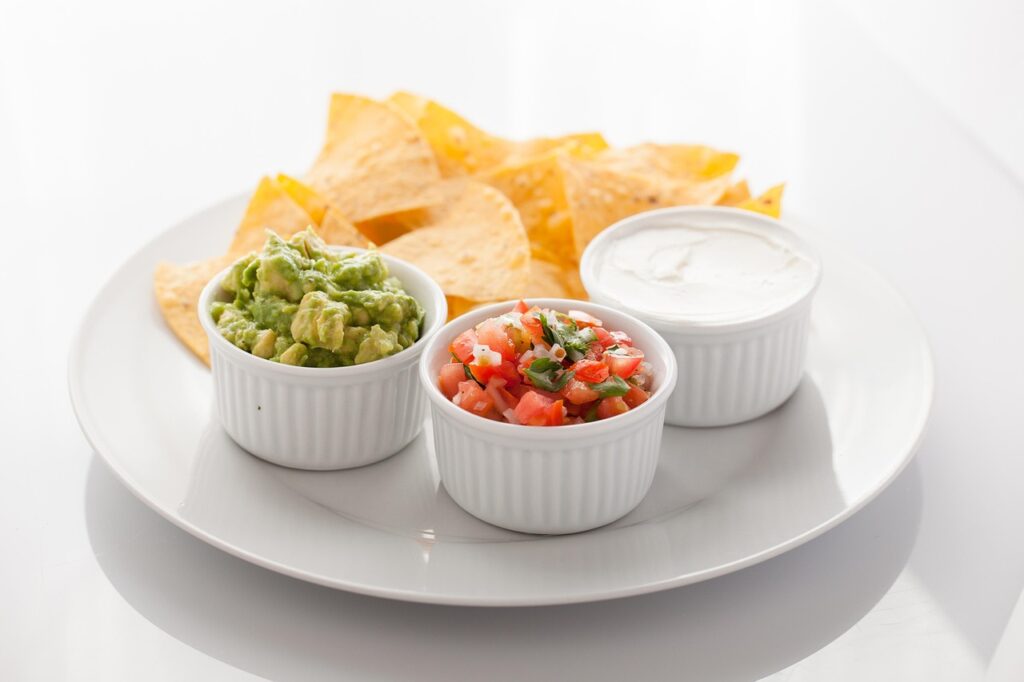
Pico de gallo is incredibly versatile and complements a wide range of dishes.
Proper storage is key to maintaining the freshness and flavor of pico de gallo.
Store pico de gallo in an airtight container in the refrigerator. It will stay fresh for up to three days, though it’s best consumed within the first day for optimal flavor.
While freezing is not recommended due to the texture changes in fresh tomatoes, you can freeze the individual chopped ingredients separately and combine them fresh when needed.
Even seasoned cooks can encounter issues when making pico de gallo. Here are some common mistakes and how to fix them:
Once you’ve mastered the classic pico de gallo, explore other types of “gallo” recipes that offer new tastes and textures.
Consider making a “fruit gallo” using ingredients like diced apples, pears, or berries, combined with a hint of lime and mint for a sweet alternative.
Experiment with different vegetables such as corn or zucchini to create a heartier salsa that can serve as a side dish.
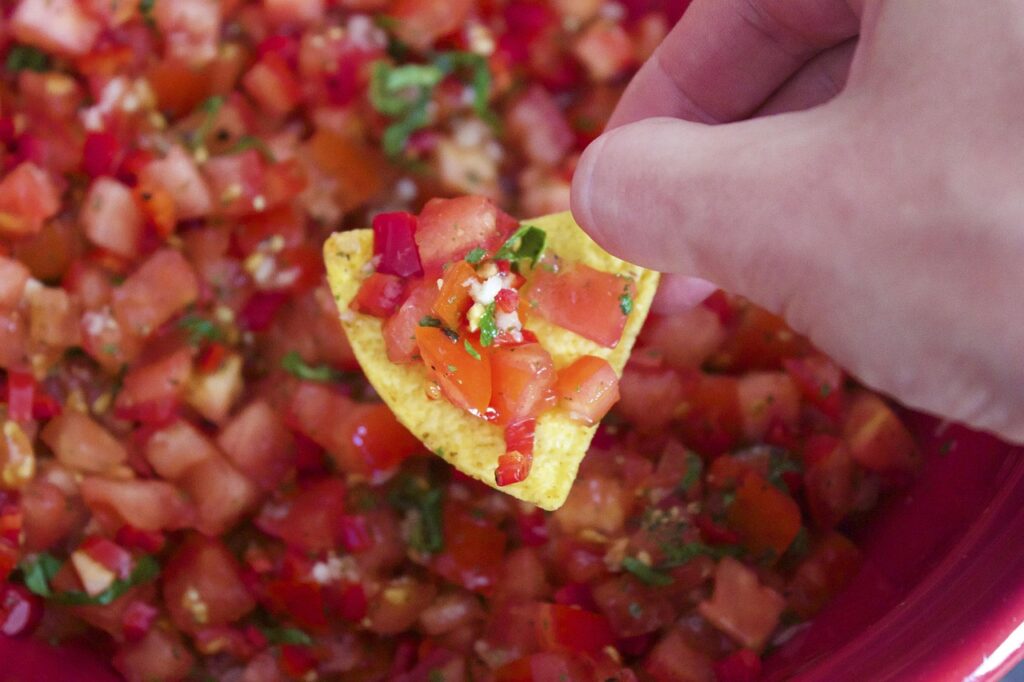
According to Downshiftology, the key to a perfect pico de gallo is using the freshest ingredients possible and allowing the flavors to meld together. Letting the mixture sit for a short period can enhance the taste significantly.
Cookie and Kate recommend adding a pinch of cumin or a splash of vinegar for an extra depth of flavor. These additions can bring a subtle warmth and complexity to your pico de gallo.
Kenji Pez suggests using a mortar and pestle to gently crush some of the ingredients together before mixing. This technique releases the natural oils and juices, resulting in a more cohesive and flavorful salsa.
All Recipes offers a wide array of pico de gallo variations, from traditional to creative spins. Exploring these recipes can provide inspiration and new ideas for tailoring pico de gallo to your taste preferences.